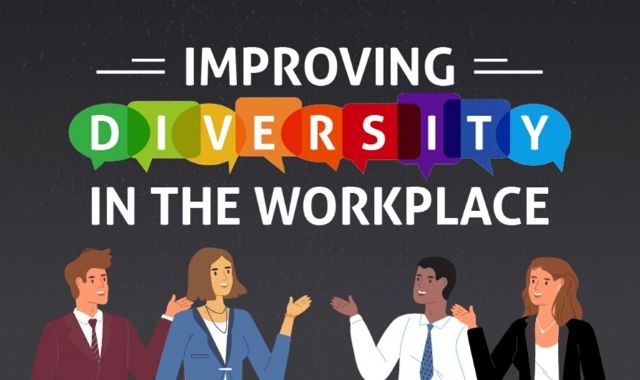The age of globalisation is what we are living in currently. It is a bit strange to imagine a place that is not diverse in this era of globalisation, but it's true. Despite all the exchanges happening on a global scale, there are chances some people are left out and while we might think of them as a 'few', they amount to a pretty big number.
Mostly it's the minorities who are usually under pressure due to the struggles they face during employment and moreover, actually sticking to the job they are able to get their hands on. Many organisations and companies can be biased about who they employ and even go as far as to consider a person's race while deciding their pay.
Other factors can include policies related to gender. For instance, unpaid maternity leaves for females, or not providing a leave in the first place. In some extreme cases, female employees can even be paid lesser than their male counterparts for doing legitimately the same job. It isn't always the employer's fault though.
Also See: Building More Diverse Public Organizations and Businesses #infographic
Apart from organisations and companies, there are some factors affecting an individual personally, that stop them from applying for a job in the first place. Many women, for example, opt for taking care of their families rather than going for a full-time job. Hence, diversity in the workplace is dependent on a lot of internal and external factors.
As far as organisations are concerned, they can create programs involved in retaining employees, particularly minorities. Have a look below to see the statistics of diversity in the U.S. workplace, the issues that hold people back and what can be done about it all.
Infographic by: OhioUniversity


